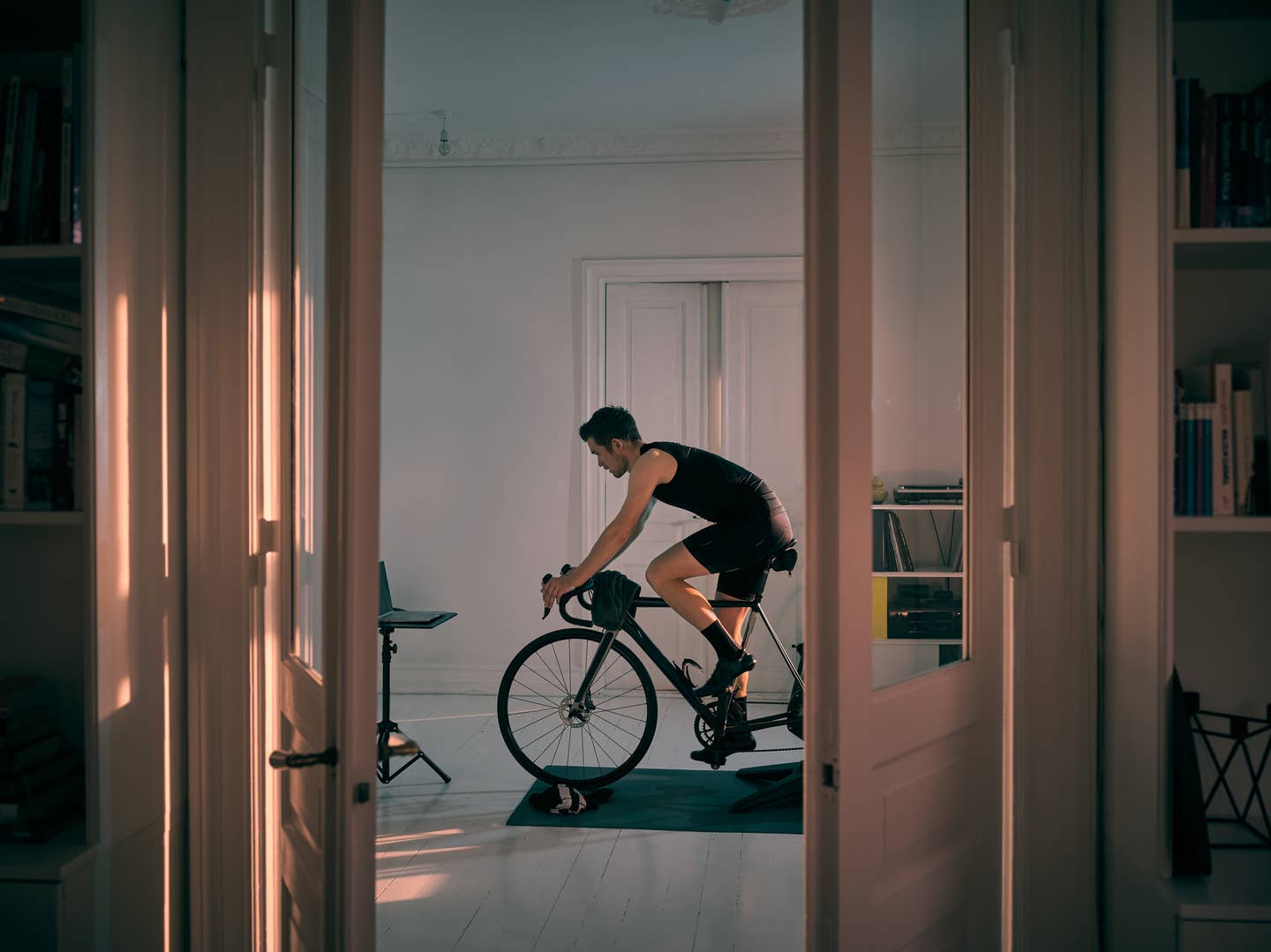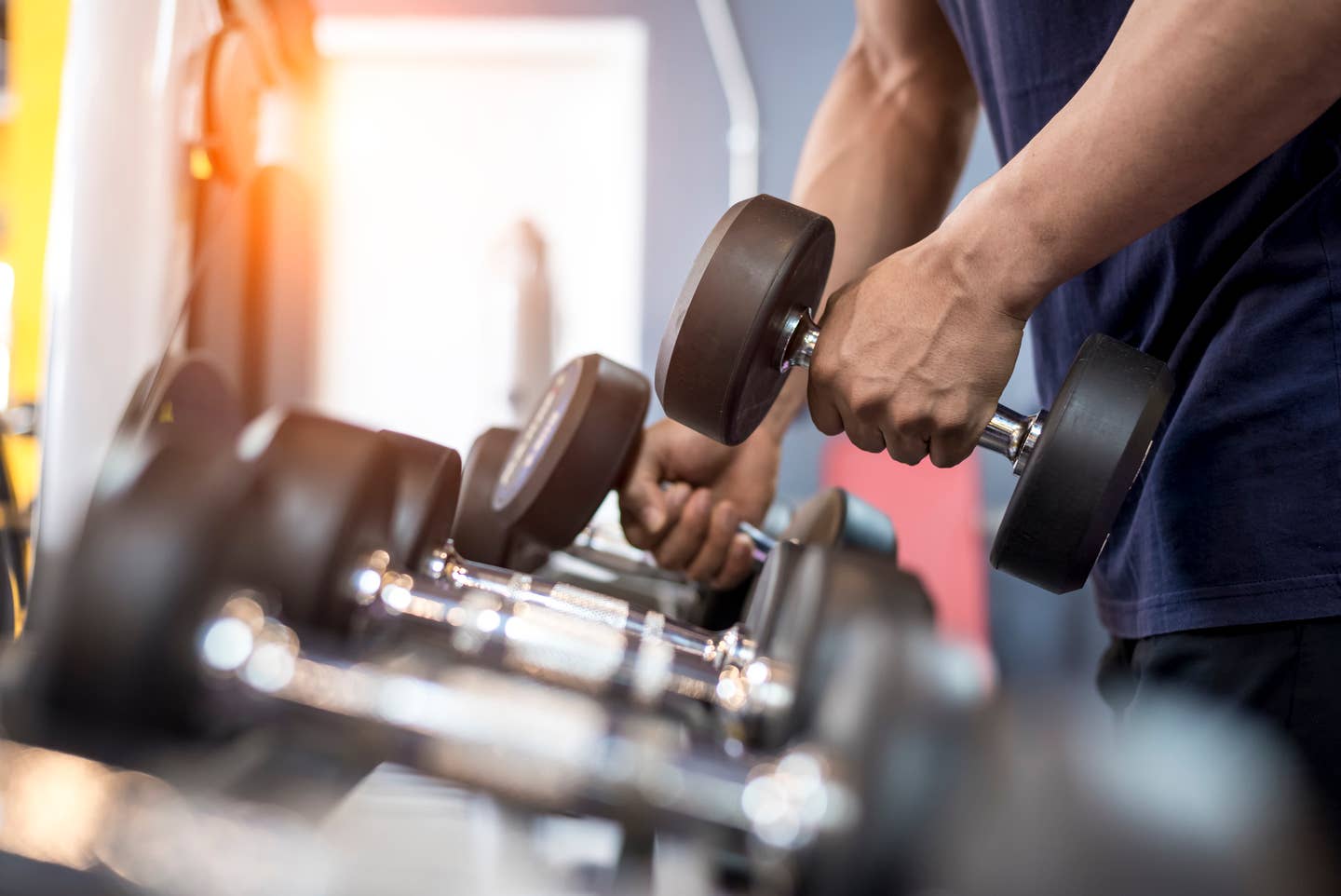
Move to The Beet, Week 2: Get Fit Faster With These Proven Workout Tips
Welcome to Week 2 of Move to The Beet, your fun daily workout program that sends you a quick workout video every morning to your inbox. Still haven't signed up yet? You can do so here, and start at the beginning since you won't want to miss a single day of this fast, effective shape-up program.
These helpful tips are based on science and are proven to help you get the most out of your workouts since you deserve to see results fast! For the first seven tips, check out Week 1 of Move to The Beet. Otherwise, let's get into it.
8. Drink coffee before your workout for better performance
Athletes have used coffee for years as a legal performance enhancement, so why can't you? To have a better workout, time your coffee drinking to precisely an hour before you start your session. A study published in The National Library of Medicine sports scientists examined the performance of trained cyclists who consumed 250 mg of caffeine 60 minutes prior to their ride. The cyclists' VO2 max increased by 7.3 percent (a measure of oxygen uptake by the muscles) which showed that they were able to work that much harder on their rides, without any extra training.
The study also recognized that at the end of the last 70 minutes of the caffeine trial, the cyclists' fat oxidation (the process of breaking down fatty acids) was elevated by 31% and "appeared to provide the substrate needed for the increased work production during this period of exercise."
In a different review study conducted by T E Graham, professor of Human Biology and Nutritional Sciences at the University of Guelph in Ontario, Canada, and published by the National Library of Medicine, the researcher noted that caffeine "could permit the athlete to train at a greater power output and/or to train longer. It has also been shown to increase speed and/or power output in simulated race conditions."
9. Switch up your workouts: Alternate cardio, strength, and resistance training
When you do the same thing every day your muscles get better at it and ironically that efficiency means you burn fewer calories and stop seeing the results you're looking for. Instead, switch up your routine so you begin to incorporate different exercise activities and keep your muscles guessing, and toning up.
This also gives your overused muscles and joints a chance to rest and recover before putting them back to use, helping you avoid injuries and strain on one specific muscle group.
A perfect week would mean, cardio every other day, and strength or resistance on the alternating days. Add weights, stretchy bands if you want or just do a series of plyometric exercises like planks, leg lifts, squats, burpees, push-ups, dips, lunges, and even jumping jacks. Mix it up so that your body never gets the chance to adapt and you'll keep getting stronger and more toned.
10. Track your progress: Keep a journal of your workouts
When you have a journal and write down your workouts it seems like a small ritual that won't be worth the trouble. But ask any athlete who has completed a major goal such as weight loss or trained and run a marathon and they will tell you that when you experience doubt, it can be helpful to look at page after page or your workouts and see the progress you've made and the effort you've put in. Most athletes will have self-doubt, and think of the day they slept in, or skipped a session, or cut it short. but when you see the aggregate of your work it can be a motivational shot in the arm.
A workout log, whether on paper or in your favorite app, like Nike Running Club, keeps track of your distance, time, and pace. As you get faster you can't help but feel pride in the work you've put in. These logs help give positive feedback to reach your next milestone. "It also helps you plan and maintain your focus, which can help to make your workouts more intentional," says Joel Gambino, C.S.C.S., D.P.T., a New York-based physical therapist and trainer, quoted in Men's Health. Find the journal that works for you.
11. Remember to take days off, since your muscles repair when they rest
Rest days are almost as important as the workout days, according to exercise physiologists who explain that working out tears muscle fibers down, and resting helps them build back up stronger. Taking a day after a tough workout session can prevent fatigue, stress, and repeat motion injury. You may want to do an alternative workout if you don't feel like taking a full day off, so try something like swimming, yoga, or even walking if you still feel the need to get moving. A review study by Kris Swartzendruber at the Michigan State University Extension reestablished the importance of rest for muscle repair.
Resting allows the "body time to repair and strengthen itself in between workouts," said Swartzendruber, an "adapt to the stress associated with exercise, replenishes muscle glycogen (energy stores), and provides time for the body tissue to repair," she added. That means you hit it harder the next time and can increase your strength and endurance. If you train and stop seeing results it is a sign you could be overtraining and need a break. Rest days won't make you lose fitness but overtraining can.
12. Perform static stretches pre-workout and dynamic stretches after
There's nothing like a good stretch, whether it's right when you hop out of bed in the morning, or after a long run. Researchers from one study found that performing static stretches before your next strength training session will "minimize impairments and enhance performance." Meanwhile, dynamic stretching after doing a high-intensity workout or aerobic activity such as running is a way to help your muscles recover, according to the study, published in the National Library of Medicine.
Even if you are not working out on a given day, static stretching can help increase power and speed, and reduce injury, another study found, so long as muscles are warmed up. "The best time to stretch is when the muscles are warm and pliable. This could be during a yoga or pilates class, or just after exercising," according to the review published by National Health Service UK." Dr. Shier, an orthopedist quoted in the review study, adds: "Stretching after an exercise helps slow down the heart rate and helps bring the mind and body to a resting state."
13. Use a foam roller to massage your muscles
Want an excuse to treat yourself to a massage? Simply log a workout, and you'll form healthier habits before you know it. A study explains that massaging your muscles during a workout with a foam roller can increase your range of motion and allow you to get more from your workout. So as you take small breaks between your sets of moves, use the foam roller or even a tennis ball, to massage your muscles, and then try your next set.
"The results of this analysis suggest that foam rolling and roller massage may be effective interventions for enhancing joint range of motion and pre and post-exercise muscle performance," according to a study by a sports physical therapist published in the National Library of Medicine.
14. Always warm up and cool down after a workout to avoid injury
Before you hit the trails or lift heavy weights, be sure to warm up approximately 15 minutes before your exercise for the best results. Warm-ups should include a series of stretching or light cardio like jumping jacks or running in place. Afterward, a casual cool-down is a healthy routine for your heart and lungs.
In a review published by the National Library of Medicine, a group of researchers examined the potential of a warm-up and stretching routine in deterring injuries during exercise and concluded that both should occur within 15 minutes prior to the workout to avoid injuries and enhance performance.
A different study published in the National Library of Medicine suggested that performing active cool-downs may "partially prevent immune system depression and promote faster recovery of the cardiovascular and respiratory systems."
15. Avoid checking the scale too often and find other ways to monitor progress
Weight comes off at different speeds, and the scale isn't always your most accurate barometer. Water weight plays a big role in the confusion and many feel discouraged from stepping on the scale, an excuse to reach for junk food. In fact, nutritionists recommend measuring progress by how you feel in your clothes.
If the scale is not your friend, then you can simply choose to never weigh yourself. Counting your steps, and how you feel in your clothes are also effective ways to monitor your progress. The point is to focus on the positive moves you're making to be healthy, like doing these workouts of the day!
More From The Beet






